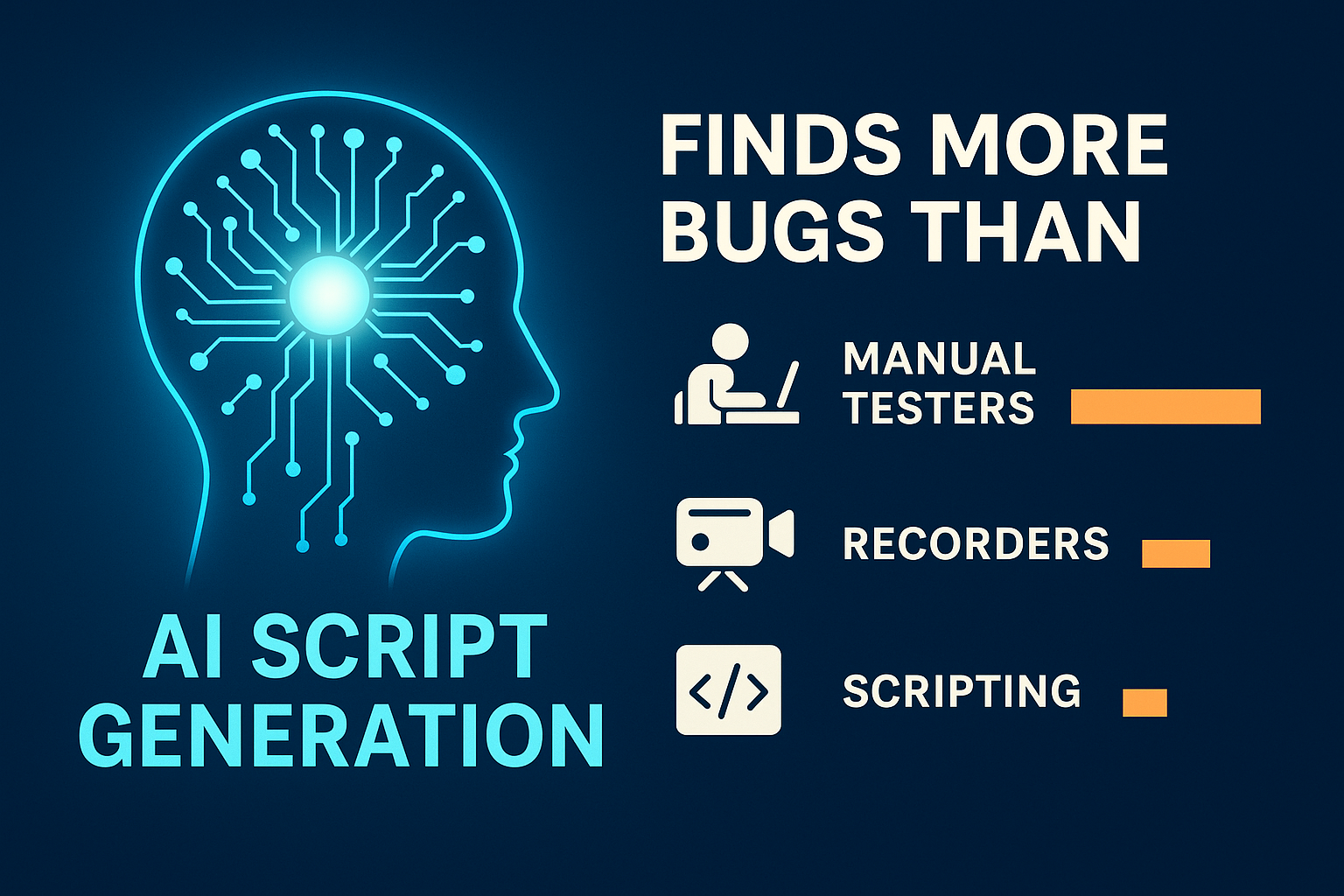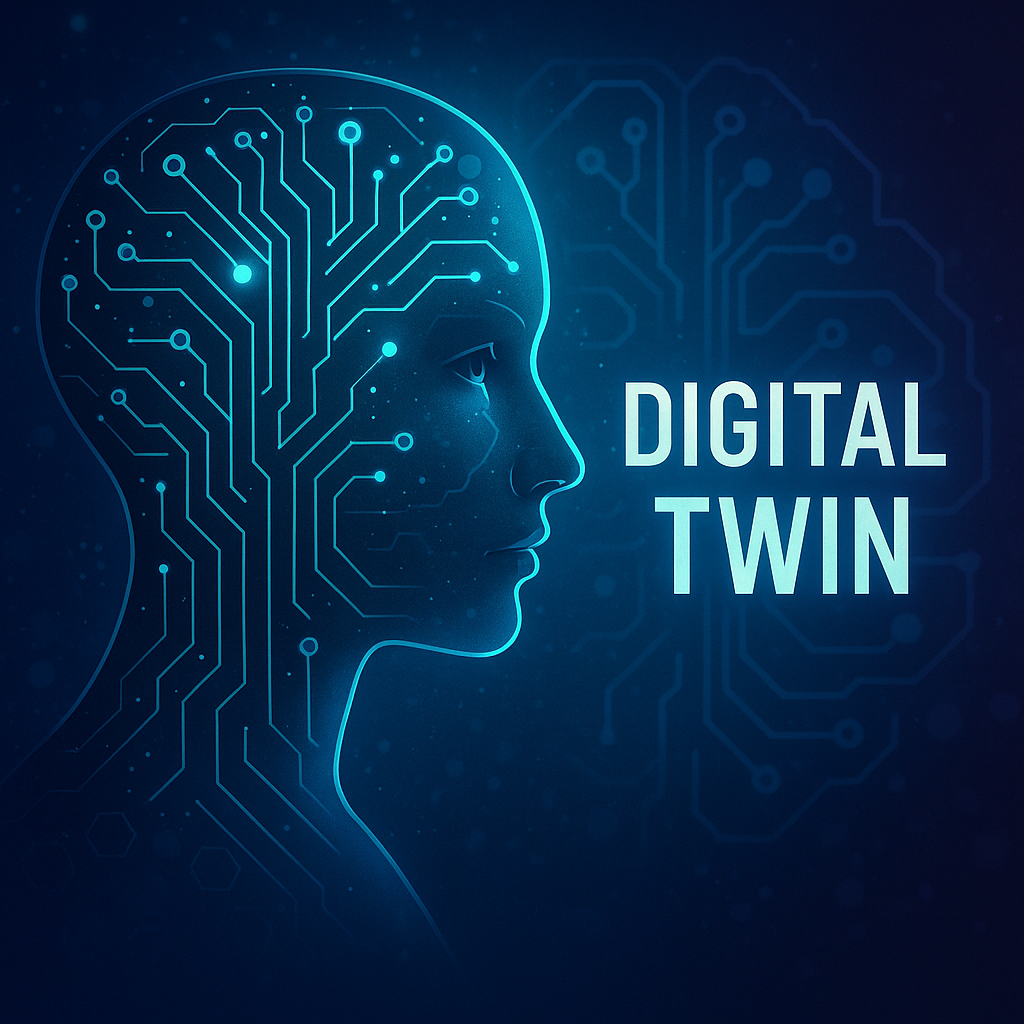Author: Kevin Surace

Why are most software bugs still found by users after release? Because the industry still relies on outdated QA practices—manual testers, record-and-playback tools, and endless script writing. These approaches are slow, shallow in coverage, and deeply reliant on human capacity. The result? Missed bugs, late releases, and costly production issues. Appvance changed that equation years

Let’s be honest: traditional test automation was never truly automated. Writing scripts manually—or even recording them—has always been human-driven, slow, and prone to maintenance nightmares. That ends with AI Script Generation (AISG). AISG flips the script—literally. Instead of relying on testers to decide what to cover, it uses advanced AI models to learn your entire

AI copilots sound like magic: type what you want, and they “help” build tests. But here’s the dirty secret: for experienced QA engineers, copilots often slow you down. Typing instructions into a prompt instead of simply recording steps can be 2x slower. Worse, copilots generate partial test coverage, leaving senior testers to reverse-engineer gaps later.

For decades, QA has been the silent bottleneck in software delivery—manual, slow, and costly. Even with test automation tools, enterprises still spend 60–70% of QA time writing, editing, and maintaining scripts. Worse, despite all that effort, critical bugs still slip into production, where they cost exponentially more to fix and erode customer trust. But AI-first

There’s a dangerous myth circulating in the QA industry: that any AI is good AI. Tool vendors are racing to slap on “AI” features—copilots, agents, test case creators—all in an effort to look modern. But beneath the flashy UI and prompt-driven wizardry is a hard truth: these tools are actually slowing down experienced QA professionals. And there’s now

Ask any QA leader about test automation and you’ll hear the same pain points: script creation takes too long, test maintenance is constant, and coverage is never quite enough. AI has started to help—but most solutions are still limited by one fundamental bottleneck: the speed and complexity of the live application itself. At Appvance, we broke

In recent years, the software development lifecycle has been revolutionized by AI-driven coding assistance. Developers can now generate entire blocks of code from simple natural language prompts, turning abstract ideas into working software at unprecedented speed. This phenomenon is known as vibe coding—a creative, intuitive style of programming where ideas flow seamlessly from mind to machine,

Rethinking Software Quality in a Rapidly Evolving LandscapeAs businesses innovate and expand, the number of applications that support critical functions is growing exponentially. However, the complexity of these systems means that traditional QA methods are struggling to keep pace. In today’s fast-moving digital environment, relying solely on manual testing and legacy automation tools is no

Software testing—long a bottleneck in digital transformation—faces its most significant disruption since the dawn of computing. The catalyst: artificial intelligence. And we at Appvance are leading this change. Software now runs everything from banking to healthcare to transport. Yet the methods to ensure it works properly remain stuck in the past. Most firms still rely

The Acceleration of Application Value Creation The number of applications required to support business needs, innovation, and value creation is accelerating, and so is the complexity of those apps. Current quality assurance and testing approaches simply can’t keep up. As of 2025, companies are dedicating approximately 35% of their IT budgets to quality assurance and